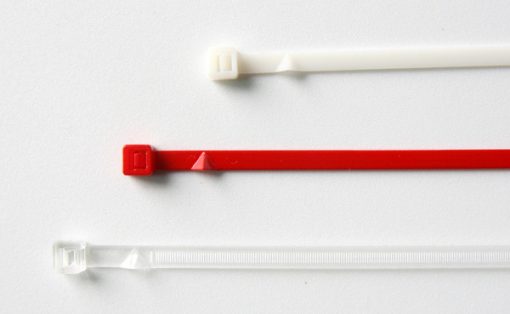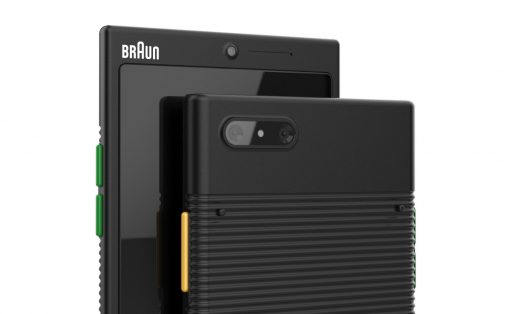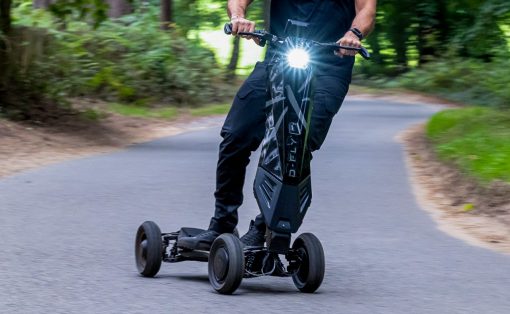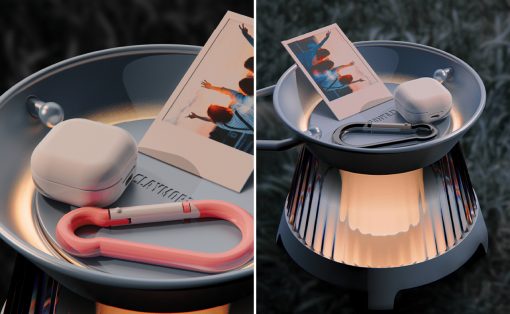The GreenHouse Effect is a collection of 10 product concepts by Orcadesign exploring the approaches to sustainability through design. What could green design be? Beyond statistics, technology and sacrifices? How can the (green) product sincerely and meaningfully connect with people, making it a truly more appealing alternative to other (not-so-green) products?
Designer: Orcadesign
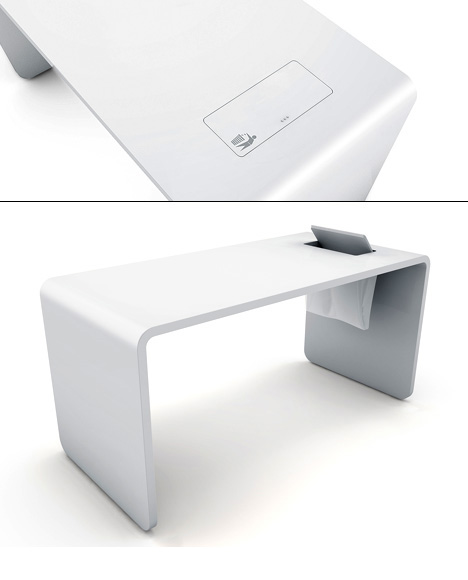
This integrated dustbin concept is designed to promote the idea of reusing plastic bags, which is all you need to get this ‘floating’ rubbish collection point ready for use. While providing greater convenience to the users via the ‘trapdoor’ design, it also eliminates the structural aspect of a dustbin simultaneously, saving material and energy.
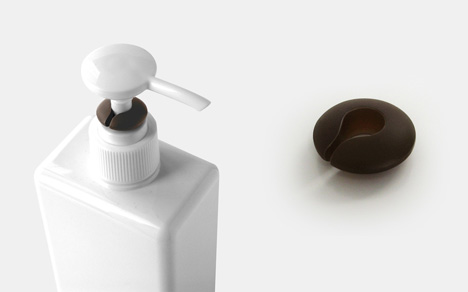
The Bottleneck saver is designed to be attached to liquid soap dispenser necks and restricts the amount dispensed in order to reduce unnecessary wastage in consumption. This is especially pertinent as the manufacturers of shampoos, liquid soap, lotions, etc. have an incentive to encourage more rapid usage. A standard depression of a nozzle may indeed yield more lotion/shampoo than is really necessary for the user. The Bottleneck becomes a subtle mark of defiance in the face of more copious consumption patterns.
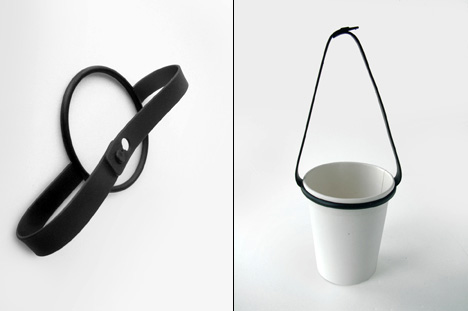
The Cup Lasso retains the functionality of a convenient and simple product for ferrying drinks. In addition to being durable, it also give rise to awareness among the public – conveying a message of ‘I am environmentally responsible’ to anyone using it.
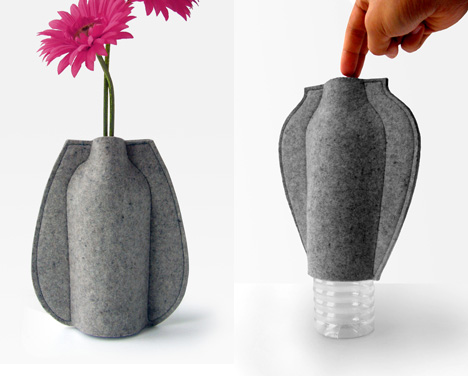
Made out of industrial wool felt, Façade vase is derived from the archetypical form of the vase to hide the raw look of a plastic water bottle. What we get is essentially a beautiful façade and a vessel for the flowers.
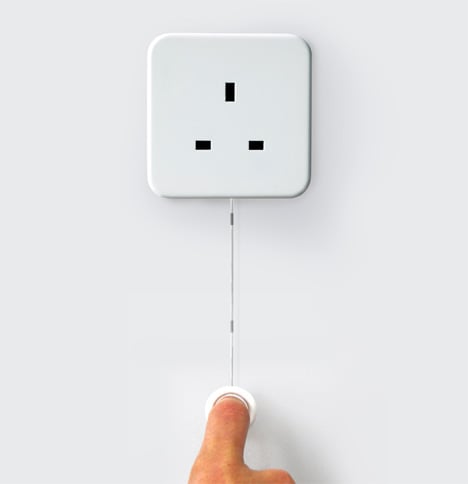
Drawing on the familiar nostalgia of the pull‐string musical toy commonly found in baby cribs, the form and usage are designed to be natural and intuitive. By simplifying the timed‐charging process to a restrained and simple interface, the usage process becomes effortless and delightful, while saving electricity and gives users a peace of mind at the same time.
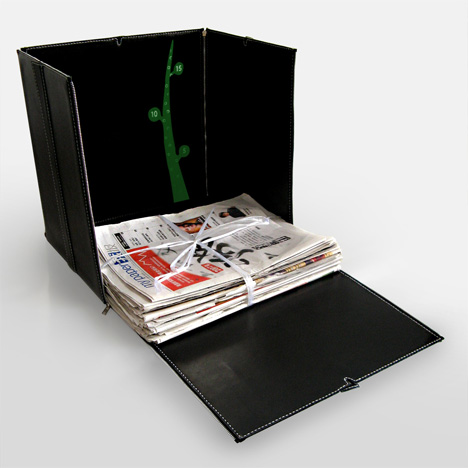
The fact that it gives a leathery, almost‐luxurious appearance, as well as the somewhat elaborate design may cause some to wonder whether old newspapers even deserve this. This, in fact, is a point the designer wishes to address. To the extent that we treat these newspapers as waste, recycling would forever be entrenched in a position where they are an optional, if responsible, thing to do. Having an intentionally well‐crafted vessel for these newspapers, however, turns the perception: the newspapers are indeed treated as valuable resources – an input for a future process rather than merely the byproduct of a previous one. This also allows it to be placed within the living room (rather than say, be relegated to the store room), which makes it more convenient for the users.
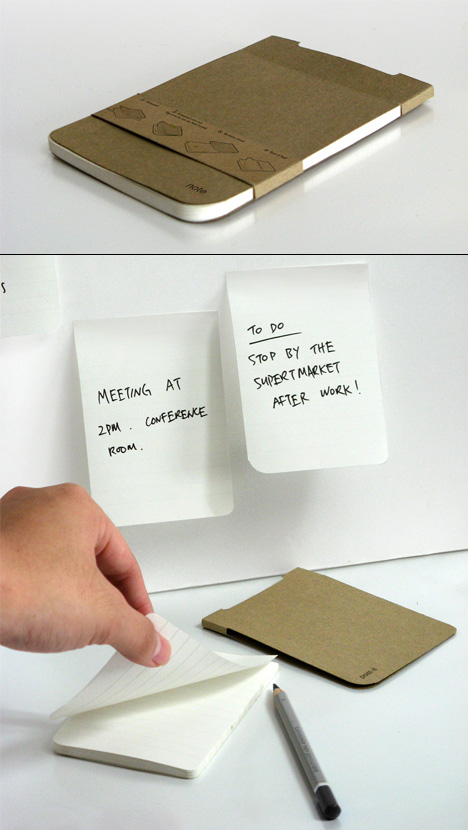
Post‐it Notepad is an exploration of a product with a second life planned out at the initial design phase. In its first life, it works as a note pad and upon reaching the last page, flip over the notepad and it is reincarnated as a post‐it pad, thereby eliminating the typically wasteful single‐page usage of the Post‐it pad.
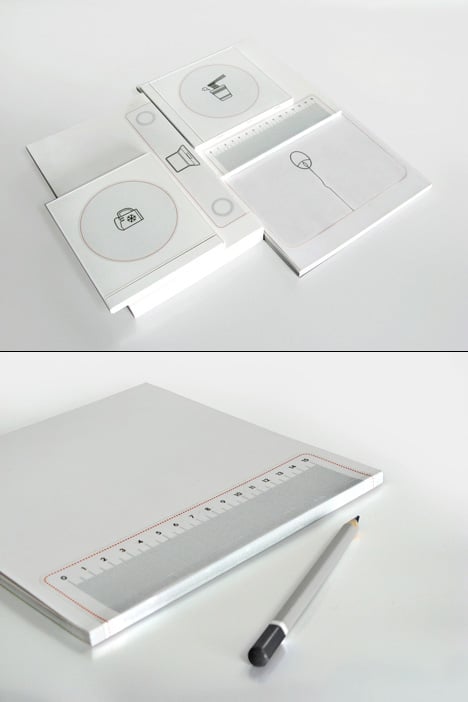
It is common to see people utilize objects around them for unintended purposes, e.g. using a notebook as a mousepad. These spontaneous acts are prompted by a real need for such articles in our daily lives; but due to procrastination/ reluctance to acquire them, we make do with makeshift substitutes. These substitutes are often selected through trial and error, hence are able to perform their new tasks competently.
These behaviors actually promotes sustainability values as people are reducing consumption of products and reusing existing objects in different ways, extending their product lifespans and giving them new leases of life. The Sticker Identity series enables users to apply them to suitable substitutes, giving a clear indication of the additional function/ identity bestowed onto the original product, affirming their new identities as they are used in a new and different way.
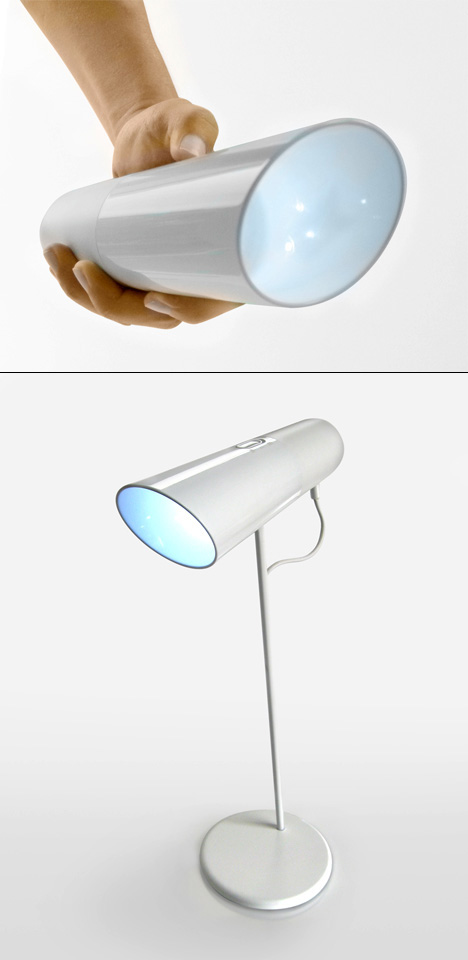
Black‐out Lamp allows the table lamp to double up as a torchlight when a black out occurs. It seems only natural that you will reach out for the lamp during a black out and you do not have to ransack the house for the emergency torch at such inconvenient time. Eco products need to relate to our way of lives to be sustainable. Eco for eco’s sake may no longer be enough.



